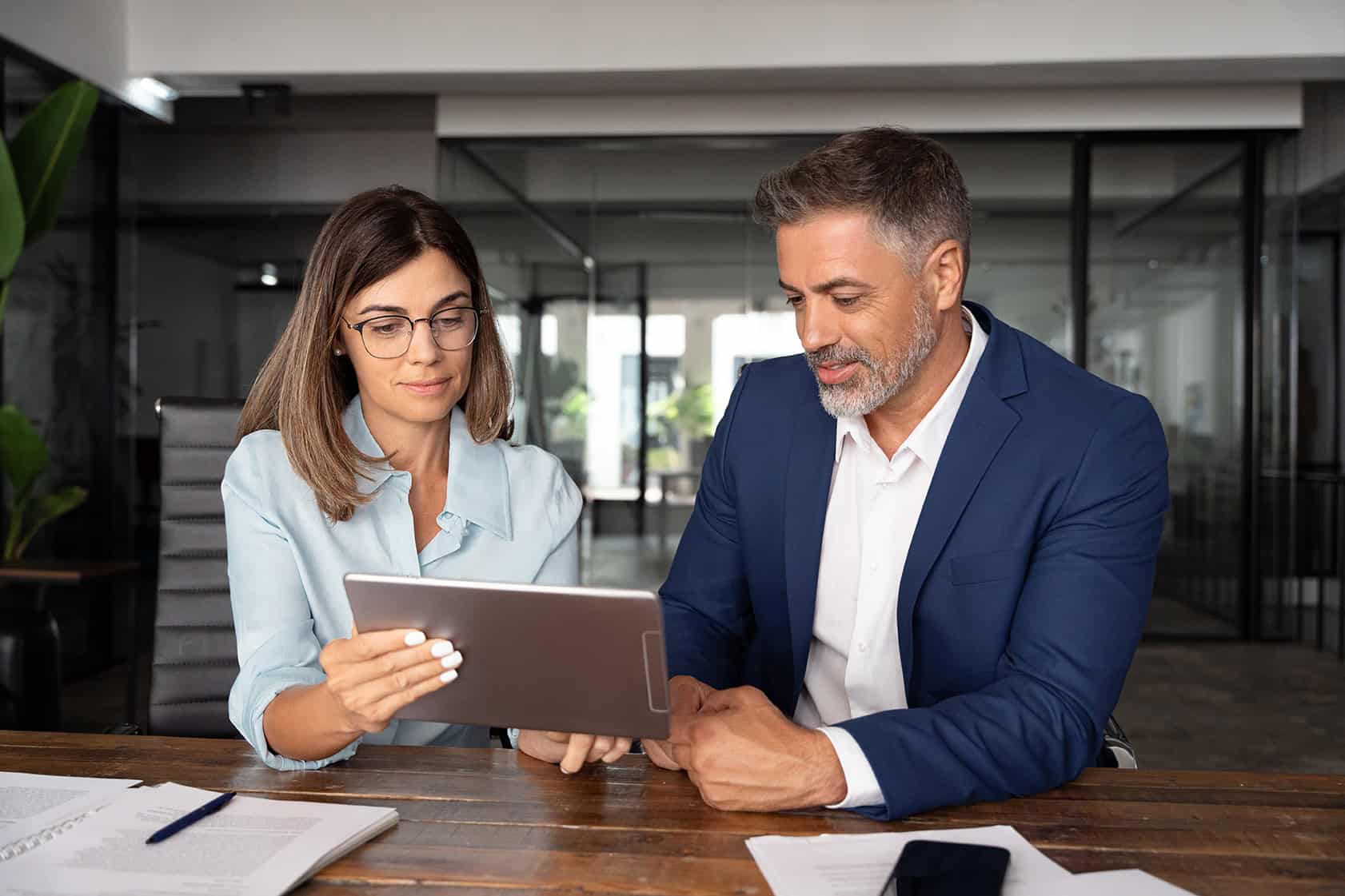
In today’s world, change doesn’t wait for five-year plans. It arrives overnight, sometimes in the form of sweeping tariffs that redraw the global trade map. For manufacturers, retailers, and distributors, every new trade policy carries a ripple effect that can disrupt sourcing, production, distribution, and profitability.
The recent “Liberation Day Tariffs” sent another jolt through already cautious markets. Companies scrambled, supply chains flexed, and sourcing strategies bent under pressure. With U.S.–China negotiations underway, we can hope for de-escalation but must be ready for anything.
Trade policy moves fast, and hits markets just as quickly. Beneath today’s moment of relief is a fundamental truth: tariffs aren’t the first and won’t be the last cause of volatility. They just remind us how exposed many supply chains really are.
Risk never left, and it’s not going away. The real question isn’t when the next disruption will come; it’s whether you’ll be ready when it does.
The real question isn’t when the next disruption will come; it’s whether you’ll be ready when it does.
Tariffs remain a risk and a reminder
For years, tariffs were a background variable. A strategic consideration but not a daily operational threat. That changed quickly. Over the last few months, tariffs have become one of the most disruptive forces in global commerce, capable of flipping cost structures, rerouting freight lanes, and making sourcing strategies obsolete.
We must remember that the real lesson isn’t about one policy or administration, but how quickly the ground can shift.
When tariffs hit, companies raced to understand the impact and put together a response. Analysts modeled duty exposure. Planners rechecked routings. Executives questioned the long-term viability of entire product lines. The conclusion was humbling: exposed business models and planning processes are too slow to keep up.
The companies that are struggling most aren’t unprepared; they’re rigid and inflexible. Fragmented data and disconnected tools mean decisions come too late, without complete information.
Today, speed is strategy. But speed alone is not enough. It must be paired with clarity, which means knowing exactly which products are affected, where the impact lands in the network, and how to adapt quickly without creating new problems.
From drowning in data to decisive action
The challenge isn’t a lack of data but a lack of decisional clarity. Most companies are drowning in reports, dashboards, and metrics. But when disruption strikes, knowing what’s happening isn’t the same as knowing what to do.
Supply chains aren’t a set of isolated functions. Every decision, whether about sourcing, inventory, logistics, or compliance, carries downstream consequences. That’s why point solutions and siloed teams fall short. Like in chess, success depends on seeing the whole board before making your next move.
Gartner calls this decision-centric planning: a model where real-time data, predictive insights, and scenario-based analysis converge to drive fast, coordinated decisions across the enterprise.
That’s the power of e2open’s connected platform. By unifying the entire supply chain, from supplier collaboration to trade compliance, logistics, planning, and execution, e2open brings the full picture into focus with a single decision layer. It doesn’t just show what’s happening; it shows what to do next, and how each decision affects the rest of the network.
When disruption hits, companies running e2open’s platform have a strategic advantage: fast, holistic, informed decision-making. They jump right into reviewing multi-tier supply exposure to assess financial and operational impacts, then simulate response options to find the best path forward.
You can’t predict the next disruption, but you can be ready
No one has a crystal ball. You can’t predict the next trade war, policy shift, pandemic, natural disaster or port shutdown, but you can build a supply chain that’s ready for all of them.
Resilience doesn’t come from forecasting the next disruption; it comes from having the right foundation in place to absorb shocks, adapt quickly, and maintain continuity under pressure.
In the context of recent trade turbulence, four core capabilities stand out as essential pillars of a resilient supply chain.
1. Supply chain mapping and multi-tier visibility
A disruption’s upstream impact on the supply chain is rarely obvious. Tariffs imposed on components two or three tiers into the supply base can quietly ripple downstream, inflating costs and eroding profitability. Multi-tier visibility is essential. You need to see not only who you buy from, but also who your suppliers buy from. That clarity helps uncover hidden dependencies and assess true exposure.
2. Projected trade costs and total landed cost insights
Tariffs do far more than add a simple percentage to the invoice. They’re a web of rules and implications tied to how, where, and by whom a product was made. Country of origin vs. country of shipment, value-added rules, and customs classifications may all seem like subtle differences, but they can significantly change duty costs.
Tariffs are just one piece of landed cost. Total landed cost includes shipping, insurance, brokerage fees, and compliance. Navigating that minefield with expertise can turn a regulatory burden into strategic advantage.
3. Scenario planning with speed
When trade rules shift overnight, response time matters. Planners must model what-if scenarios across multiple variables: supplier switches, route changes, regional production shifts, or inventory pre-buys. Each simulation reveals cascading effects on cost, service level, risk, and time, helping teams act smarter and faster.
4. Supplier collaboration to rapidly reconfigure plans
A change in plan means nothing without supplier execution. A multi-enterprise network enables real-time collaboration, so manufacturers and suppliers can adjust volume agreements, capacity, and logistics together. Even the best plan fails without supplier alignment.
These pillars keep companies agile in uncertain times, but agility isn’t built on theory. It’s built on the ability to act, align, and adapt at speed.
Conclusion: Turning turbulence into strategic advantage
Resilience isn’t built overnight. It comes from a deliberate investment in visibility, agility, and collaboration. The capabilities we’ve outlined aren’t just best practices; they’re becoming the price of entry for global supply chains that want to operate with confidence.
But having the right capabilities isn’t enough. They must work together. This is where most companies struggle: point solutions in silos, disconnected data, and decisions made in isolation.
E2open was built for this reality. Its unified platform spans the full supply chain from sourcing and logistics to compliance and collaboration, bringing everything into a single decision layer. It doesn’t just show you what’s happening; it shows you what to do next, how it will play out, and who needs to act.
In a world where the next disruption may only be a day away, that kind of clarity isn’t just useful, it’s essential.
Feel free to reach out to one of our supply chain experts to discuss how e2open can help strengthen your resilience and turn uncertainty into an opportunity.




